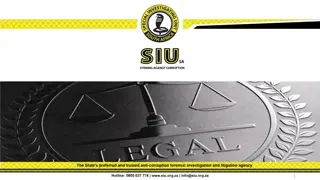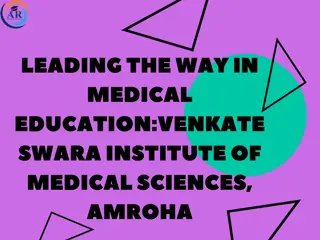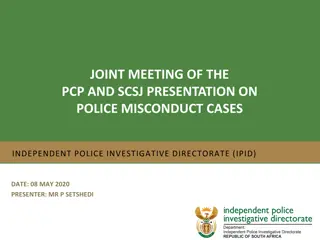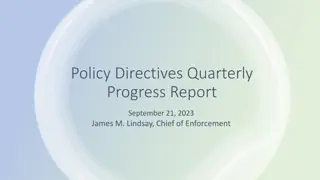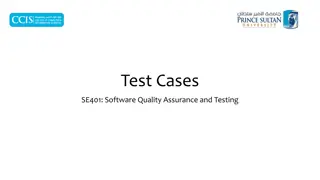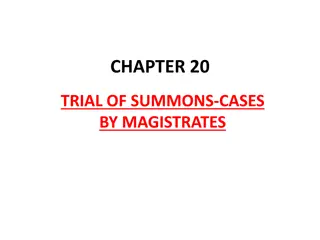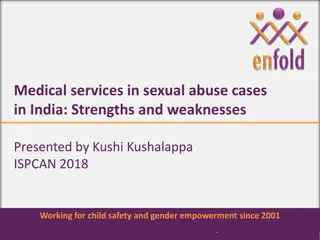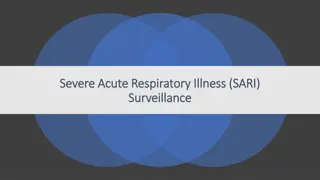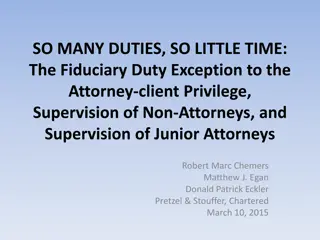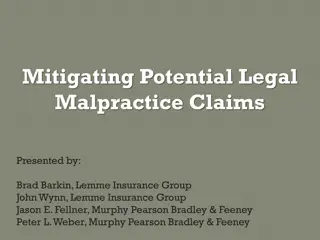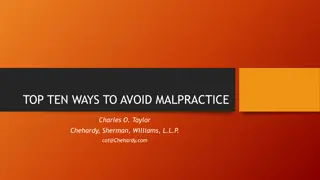Medical Malpractice Cases Overview
Various medical malpractice cases are presented, including a patient who claimed to have lost psychic powers after a CAT scan, a psychiatric NP's decision regarding appropriate care, and a patient who suffered brain damage after a suicide attempt. These cases raise questions about liability, appropriate care, and potential awards.
Download Presentation

Please find below an Image/Link to download the presentation.
The content on the website is provided AS IS for your information and personal use only. It may not be sold, licensed, or shared on other websites without obtaining consent from the author.If you encounter any issues during the download, it is possible that the publisher has removed the file from their server.
You are allowed to download the files provided on this website for personal or commercial use, subject to the condition that they are used lawfully. All files are the property of their respective owners.
The content on the website is provided AS IS for your information and personal use only. It may not be sold, licensed, or shared on other websites without obtaining consent from the author.
E N D
Presentation Transcript
You be the JUDGE Jan Mould, RN, BSN, MEd HOSA Future Health Professionals
Well, what do you think? In 1976 Temple University Hospital was sued by a patient who reported that she had a problem after a CAT Scan. She reported experiencing an allergic reaction to the dye resulting in recurring and severe headaches. The patient reported that after the CAT Scan she was no longer able to use her psychic powers.
Prior to the CAT scan, the patient reported she could read auras, observe both the past and the future, and help police solve crimes. She reported she had lost her business as a result of the loss of psychic powers. What do you think? (con t) Malpractice or not?
Awarded $988,000 Anyone can be sued at anytime for anything. The Decision The question is will they win.
A board-certified psychiatric NP, in a privately owned alcohol & drug facility, saw a 52-year-old female with diagnosis of depression, fibromyalgia & chronic pain. After seeing the patient the NP determined that the patient was not appropriate for admission to the alcohol & drug facility but need inpatient psychiatric care. Twice the NP shared his concerns to his supervisor. The psychiatrist responded that the diagnosis & recommended care was his responsibility and that the patient was in the correct facility. Your Turn- Case I
After a family visit the patient attempted suicide. She survived but anoxia resulted in permanent brain damage. The family sued for damages. Case I (con t) Was the Nurse Practitioner guilty? If so, what should be the award? Taken from Nurses Service Organization
A 67-year-old male was hospitalized for a total knee replacement. He was placed on an epidural catheter for post-operative pain management. The patient had one episode postoperatively of hypotension. The hypotension was treated with ephedrine with good results. Your Turn Case II The patient was transferred to a Medical- Surgical unit and assessed by the receiving nurse. The receiving nurse found the patient stable. He was assigned to an LPN as reported by the RN. The patient was unable to tolerate ordered respiratory therapy because of nausea.
The patient vomited a few minutes later. The RN reported the LPN found the patient unresponsive & a code blue was called. The LPN and two other staff members stated that the RN found the patient and called the code. Further staff reported that the LPN had not been assigned to the patient. Your Turn Case II Patient was diagnosed with anoxic encephalopathy and died when life support was removed. Is the case malpractice? If so, how much would be awarded? Case from California Assoc for Nurse Practitioners
An infant was seen 21 days after a normal delivery for the first well baby visit. The physician who saw the infant diagnosed jaundice (mild) and possible failure to thrive. The infant did not return to the clinic for any visits until the age of 6 months. Seen by the practice Nurse Practitioner, the infant was reported to be developing normally. The mother failed to bring the child in for two subsequent scheduled visits. Your Turn Case III When contacted by phone the mother said the baby looked cross-eyed .
An appointment was scheduled for one week. The appt was not kept. The infant was seen by the NP @ 10 months of age and developmental delays were noted. Due to the developmental delays noted, a referral to a neurodevelopment clinic was made. Your Turn Case III (con t) The infant was seen @ 11 mos., and mother reported she had not been contacted by the neurodevelopment clinic. At 12 mos the infant was seen with an increase in delays & minimal muscle tone.
The infant was then seen by the neurodevelopment clinic. Testing showed a rare benign brain tumor. Five days later a craniotomy was performed. Neurological examination at the age of 7 showed an IQ of 66 and reports of the need for lifetime assistance. Your Turn Case III (con t) Is this malpractice? If so, what would you award in this case? Case from California Assoc for Nurse Practitioners
Bioethical Issues: o Allocation of scarce resources The HOSA Competitive Event Medical Law & Ethics Written Test o Genetic engineering o Reproductive Issues o End of Life Issues
Biomedical Debate Guidelines for Biomedical Debate can be used for any of the prior topics Current topic: COVID-19 Vaccine Should be Required to Attend School (Grades 9+)
Researched Persuasive Writing & Speaking Guidelines Vaping: Safe or Sorry? This Photo by Unknown Author is licensed under CC BY


















